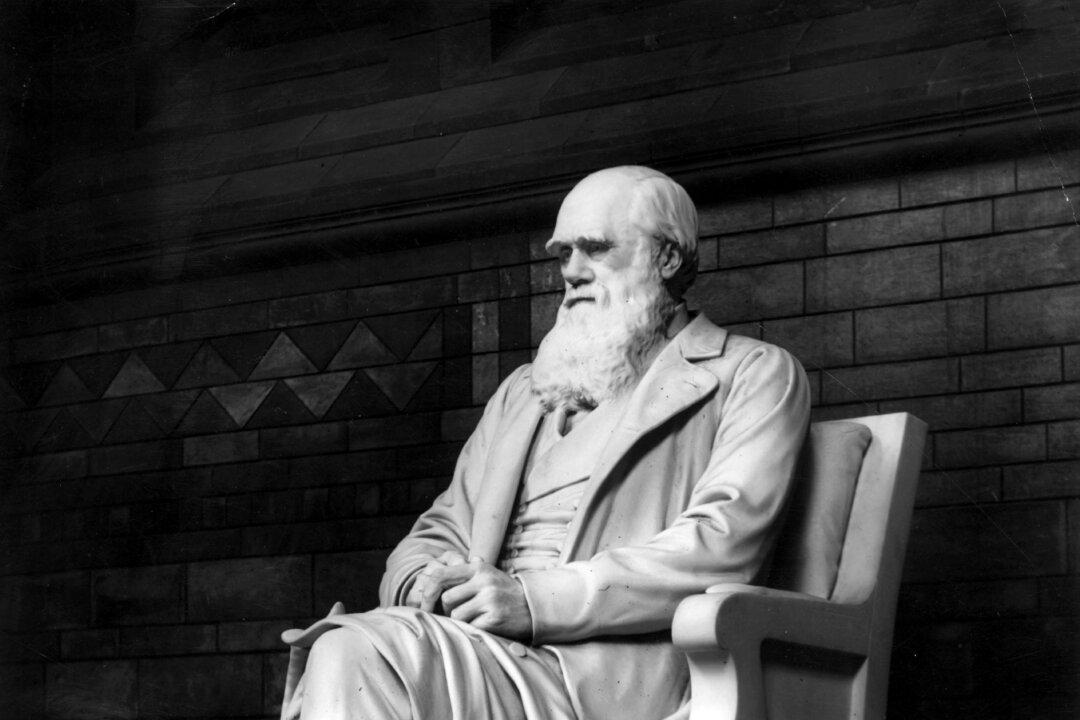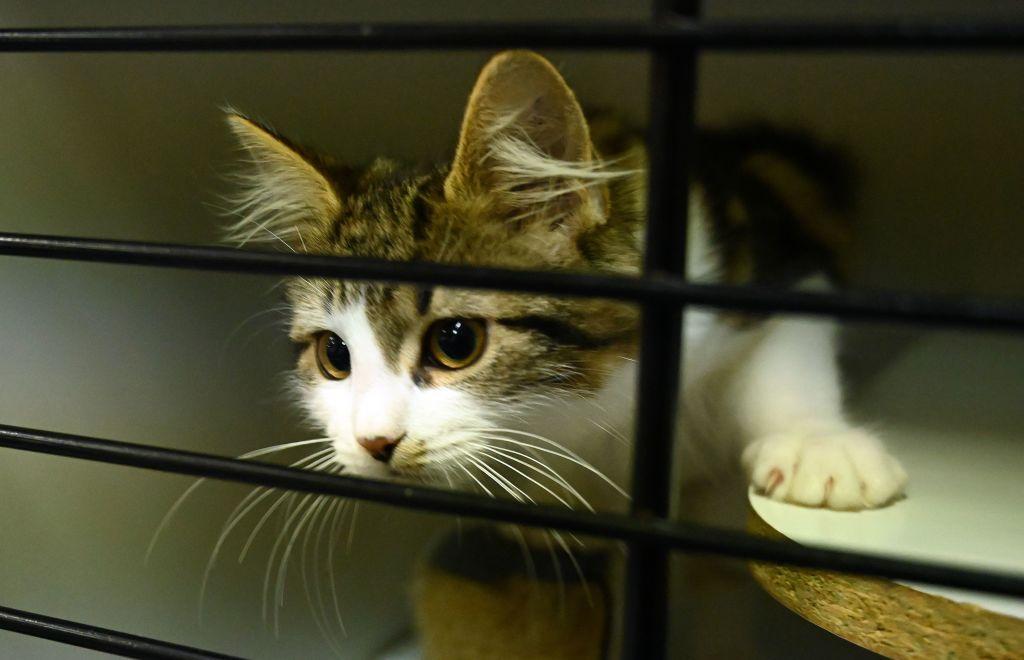Researchers from the University of Melbourne have discovered that current understandings of evolution may not be correct after a study on an ancient Australian grasshopper species revealed new insights into the animal kingdom.
The researchers found that W. virgo, which employs parthenogenetic reproduction—a form of reproduction by females of a species that can develop eggs into embryos without fertilisation— was just as successful as its sexually reproducing relatives.




